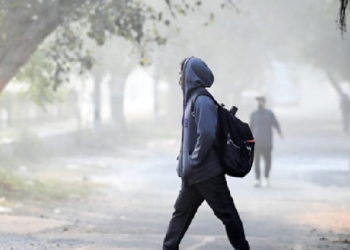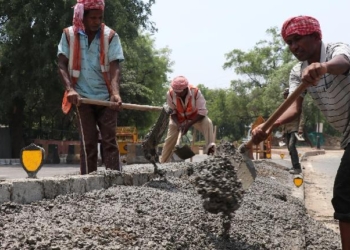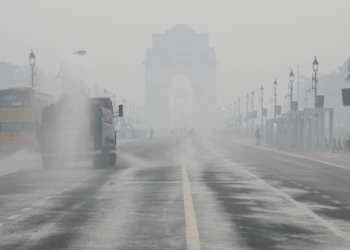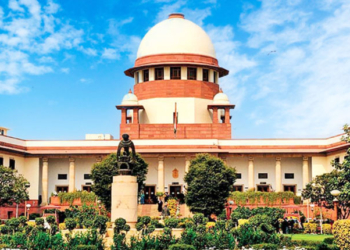New Delhi: When the Pahalgam attack took place, it became amply clear that Pakistan wanted to disrupt tourism in Jammu and Kashmir and hurt its economy. Post the abrogation of Article 370, J&K witnessed several positive changes, and key among them was the thriving tourism industry.
While this was one of the main reasons, the other was to address a massive rift between the Jaish-e-Muhammad and Lashkar-e-Taiba. Over the last year and a half, there have been sharp differences between the two terror groups. There have been ideological differences, and also relating to the strategy in Jammu and Kashmir.
Both outfits focus largely on Jammu and Kashmir, and a rift had broken out, which the ISI wanted to fix.
This is, however, not the first time that the ISI has targeted India with the intention of fixing internal rifts within the terror networks in Pakistan. The same was done during the Mumbai 26/11 attacks as well.
The plan to attack Mumbai was originally that of Ilyas Kashmir, the head of Al-Qaeda’s 313 Brigade. This was confirmed by David Headley, with whom Kashmiri shared a good rapport. The two would often discuss the Kashmir issue, and during one such interaction, the plan to attack came up. The Mumbai attacks were part of Kashmiri’s larger plan to launch his ambitious Ghazwa-e-Hind project.
This was, in fact, confirmed by Kashmiri during an interview with the late Syed Saleem Shahzad, who was then the chief of Asia Times Pakistan bureau.
At around the same time, the ISI was finding it hard to keep the Jaish-e-Muhammad and Lashkar-e-Taiba cadres. Both were insistent that they go and fight in Afghanistan. At that time, the Taliban was facing losses at the hands of the US forces, and the cadres of both these groups felt that they needed to support the Taliban.
The ISI, however, did not want either the Lashkar-e-Taiba or Jaish-e-Muhammad to divert from Jammu and Kashmir and the rest of India. Hence, it approached Kashmiri and told him to hand over the plan to the Lashkar-e-Taiba. This acted as a diversionary tactic, and the rift was sorted out.
The Pahalgam attack, too, has a similar back story. One of the goriest attacks was planned to settle a rift between the Lashkar and Jaish-e-Muhammad. The Lashkar-e-Taiba was unhappy that the ISI was giving the Jaish-e-Muhammad preferential treatment in J&K.
It was also giving the Jaish-e-Muhammad terrorists a safe passage into India, while not allowing the Lashkar-e-Taiba cadres to infiltrate from Pakistan. The ISI wanted the Lashkar-e-Taiba to use its existing cadre already inside J&K to carry out attacks.
The army, too, had been roped in to sort out the differences, but it failed to make any impact. The Lashkar would not settle for anything short of a massive attack, and hence the outfit was commissioned to carry out the Pahalgam attack. The understanding was that the Lashkar-e-Taiba would carry out the Pahalgam attack while the Jaish-e-Muhammad would continue with its infiltrations.
This diversion and understanding were much needed for the ISI to ensure that its two biggest assets remain united. The rift had become so bad that it was the terrorists of the Jaish-e-Muhammad who killed Qari Abdul Rehman, the chief financier of the Lashkar-e-Taiba and a relative of the outfit’s chief Hafiz Saeed.
While the rift may have been sorted out for now, Indian agencies say that this would be short-lived. The problem does not just begin and end with who is getting preferential treatment. There are ideological differences as well. The Lashkar-e-Taiba follows the Ahl-i Hadith, formed by the 18th-century ideologue Shah Waliullah Dehlavi, while the Jaish-e-Muhammad follows the Deobandi sect, which is a revivalist movement within Sunni Islam.
(IANS)
















